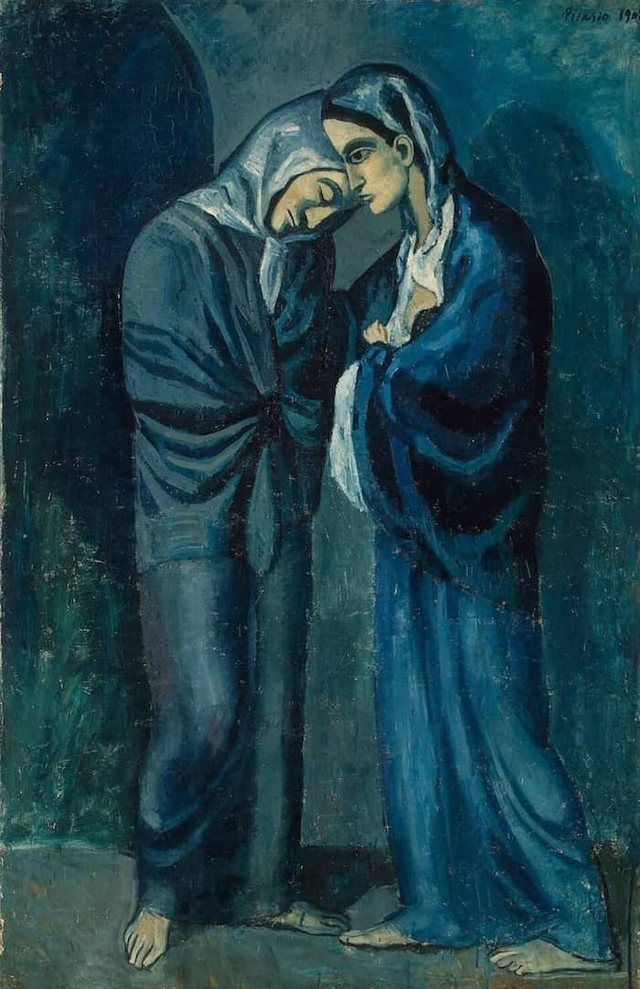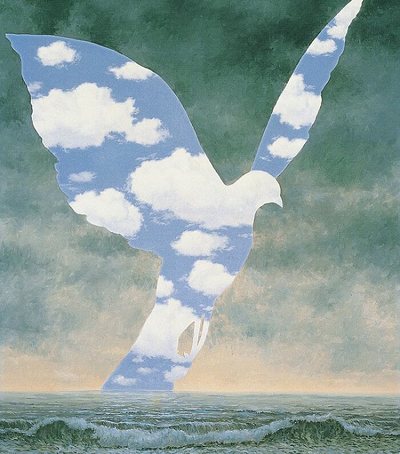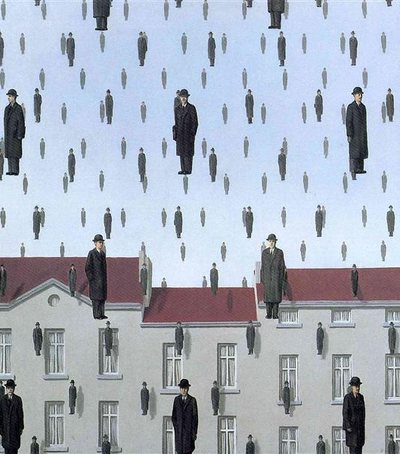
Picasso created this magnificent work in the summer of 1902, in Barcelona. It is considered one of the most important works of the Blue Period, during which the tragic melancholy of monochrome blues and pale greens with blue undertones defined the emotional and visual structure of his paintings.
“Art springs from pain and sadness” was Picasso’s philosophy during this period – an approach he refined with the deep sensitivity of the Spanish soul. Through the prism of pain and sorrow, he presented his views on friends, the blind, the poor, desperate mothers and the marginalized women of society – including prostitutes.
During a visit to Paris, Picasso deliberately visited the Saint-Lazare hospital, known for housing convicted women and prostitutes, where he made several drawings of their lives. After returning to Barcelona, he wrote to his friend, the poet Max Jacob:
“I will paint a picture based on a drawing that I am sending you. The meeting between a prostitute from a prison hospital and her sister, a nun.”
From this real basis, the painting "Two Sisters" was developed, which is today in the Hermitage Museum and has acquired a universal character.
In its static and symbolic stillness, this painting recalls monumental religious art, bringing to mind the biblical encounter between the Virgin Mary and the elderly Elizabeth, mother of Saint John the Baptist, as well as the ascetic figures of the nuns and monks of the Middle Ages.
The two women form a human arch, a compositional unit that resembles an architectural entrance to a mysterious, silent, and cosmic world. A meeting point between sin and holiness, pain and forgiveness, “The Two Sisters” is a profound reflection of the human spirit at the limits of life and spirit.
Photo Credits: https://www.pablopicasso.org/two-sisters.jsp#google_vignette





